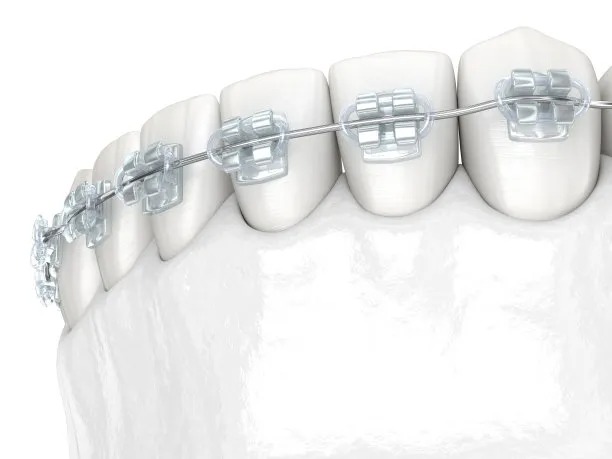Essential Precautions to Follow Before and After Dental Filling Procedures for Optimal Oral Health and Recovery
Summary: Dental filling procedures are vital for restoring oral health and preventing further decay. This article outlines essential precautions to follow both before and after the procedure, ensuring optimal recovery and lasting health. By following these guidelines, patients can minimize pain, reduce the risk of complications, and enhance the effectiveness of their dental treatment. Focusing on preparation, post-operative care, dietary considerations, and understanding potential side effects, this comprehensive guide serves to empower individuals in managing their dental health and recovery more effectively.
1. Preparation Steps Before Dental Filling

Prior to undergoing a dental filling procedure, it is crucial to prepare both mentally and physically. Begin by scheduling a dental appointment well in advance, allowing time for any necessary discussions with your dentist regarding concerns or preferences. Clear communication ensures that you understand the procedure, which can significantly ease anxiety.
Another important preparation step involves assembling relevant medical information. Inform your dentist about all medications you are currently taking, including over-the-counter drugs and supplements. This knowledge allows the dentist to assess any potential interactions or contraindications that may affect the filling procedure.
Lastly, try to arrange transportation if local anesthesia will be used during the filling. The effects of anesthesia can impair your ability to drive or operate machinery safely. Planning ahead ensures you have a reliable ride home after the appointment, reducing stress and allowing you to focus solely on your recovery.
2. Immediate Aftercare for Dental Fillings
After the dental filling procedure, immediate aftercare is vital for optimal recovery. One of the most important recommendations is to avoid eating or drinking for at least two hours following the treatment. This abstention helps ensure that the dental filling has adequate time to set without disruption, preserving its integrity.
Additionally, it is advisable to manage any discomfort or swelling that may arise post-procedure. Over-the-counter pain medication such as ibuprofen can help alleviate mild pain. However, it is important to follow the dosage instructions provided by your dentist or on the medication label.
Moreover, monitor the filled tooth for any unusual sensations. If you experience significant pain, sensitivity to temperature, or the feeling that the filling is uneven, reach out to your dentist promptly. Early intervention can prevent further complications and ensure that your filling remains effective.
3. Dietary Considerations After Dental Fillings
Diet plays a crucial role in the recovery phase following dental fillings. Initially, stick to soft foods and avoid hard or crunchy substances that can put undue pressure on the newly filled tooth. Easy-to-chew foods such as yogurt, mashed potatoes, and smoothies can provide nourishment while minimizing discomfort.
It is also advisable to refrain from consuming extremely hot or cold beverages for the first 48 hours. Your newly filled tooth may be sensitive to temperature changes, and avoiding these extremes can prevent discomfort while the tooth adjusts to the filling material.
Finally, keep in mind the importance of hydration through lukewarm water. Staying hydrated is essential for your overall health, particularly after dental procedures. Aim to drink sufficient water to promote healing and maintain good oral hygiene.
4. Understanding Potential Side Effects
Being informed about potential side effects can greatly influence your recovery experience. Some patients may experience minor discomfort or sensitivity in the filled tooth, which is usually temporary. If sensitivity persists beyond a few days, it might indicate that additional care is needed.
Another possible side effect is the alteration in bite alignment. After having a filling, some individuals notice an unusual feeling while biting down. If you experience this sensation, contact your dentist for an assessment; adjustments may be necessary to ensure proper occlusion.
Lastly, while rare, an allergic reaction to the materials used in the filling is possible. Symptoms such as swelling, hives, or difficulty breathing require immediate medical attention. Being alert to these signs ensures prompt treatment and reduces the risk of complications.
Summary:
Implementing essential precautions before and after dental filling procedures greatly influences recovery and overall oral health. Awareness of preparation steps, post-operative care, dietary considerations, and potential side effects equips patients with the knowledge to navigate their dental treatment successfully.
This article is compiled by Vickong Dental and the content is for reference only.



